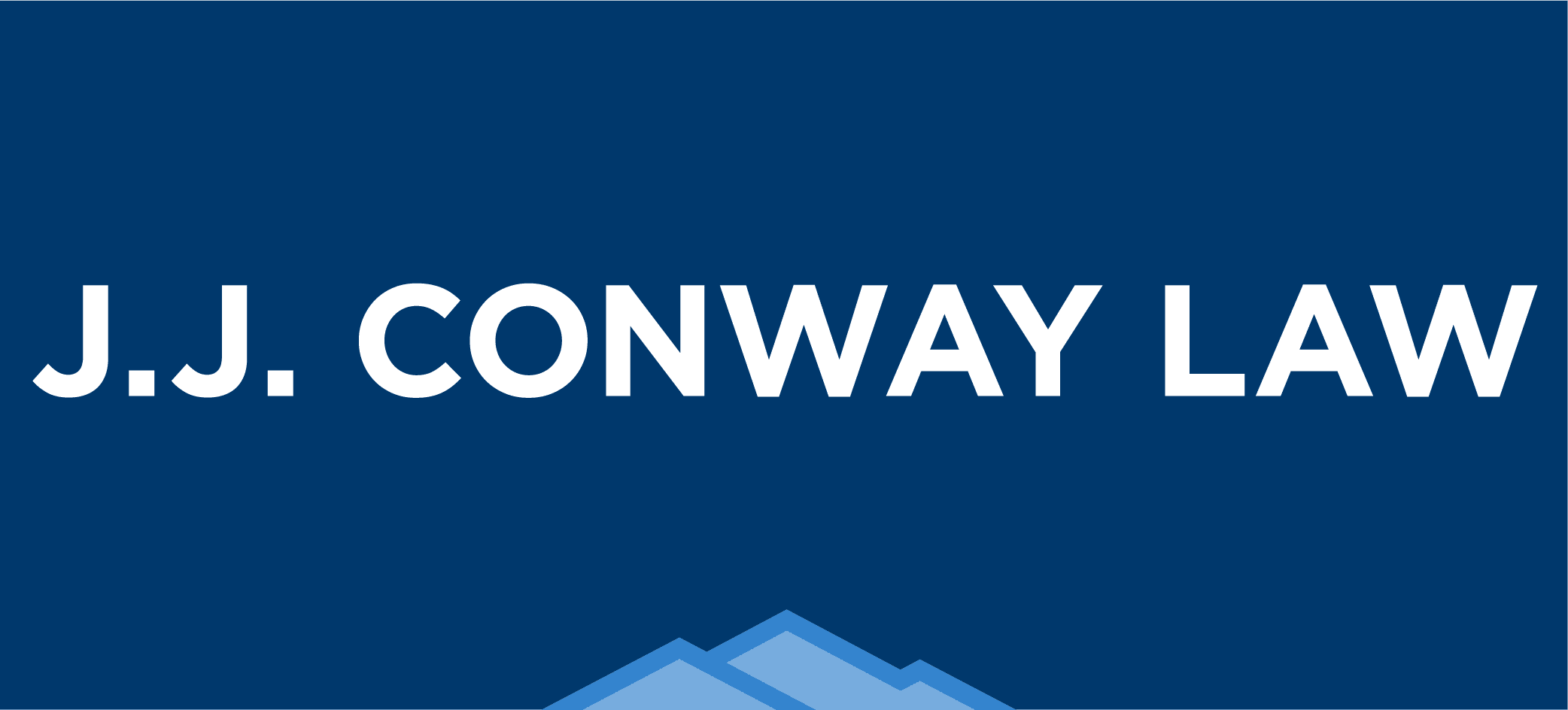Key Provision of SECURE 2.0 Could Better Equip Employees‘ Fighting Against A Screenshot In Retirement Benefit Disputes

Employer-based retirement assets grow as a result of hours or years spent working, payroll contributions and seniority determined by a complex formula of labor, financial contributions, and length of service to an employer. But, if an employee’s online records of their financial benefits are inaccurate or lost, the practice of relying on a computer screen to try to re-create a lifetime of work can get complicated.
That’s where the new SECURE 2.0 comes in. Signed into law on December 29, 2022, this comprehensive legislation contains a compendium of 92 provisions that significantly build on the SECURE Act of 2019 (Setting Every Community Up for Retirement Enhancement Act)—and are designed to encourage and increase the numbers of workers who save for their retirement—while enabling more flexibility to employees currently contributing to retirement plans and offering tax incentives for businesses to provide these savings plans.
A pivotal requirement to come out of this law has been the establishment of an online, searchable database that acts as a ‘lost and found’ for retirement benefits. The Department of Labor has been tasked with building this national repository in two years—collecting information to help plan sponsors find missing participants, in addition to providing participants or beneficiaries with a tool to locate contact information for plan administrators to find their potential retirement plan benefits.
The goal is to reduce the some of the burden put on employers to find missing participants for distributions. For individuals, it will be easier to track down any “lost” retirement savings left behind in former employer plans when they changed jobs. Starting in 2025, retirement savings plans will be required to provide DOL with this information.
Employee disputes over retirement benefits fall under the Employee Retirement Income Security Act of 1974 (ERISA). ERISA contains some statutory and regulatory record-keeping requirements, but it also allows employers flexibility in their record-keeping methods. Most retirement plans contain so-called correction of errors provisions, which are broadly worded fix-it clauses that allow a plan to resolve an obvious error or mistake in the calculation of a benefit payment, but hidden errors pose the greatest challenge—and inaccuracies are more common than many employees realize.
Provisions in SECURE 2.0 will help contribute to an employee’s long-term financial security, but this will take some time. It is the hope that the development of a national search database will play a role in alleviating the obstacles people face when in the unenviable position of having to fight against an employer’s computer screenshot to secure the correct retirement benefits owed to them. However, legal assistance from an ERISA and employee benefits attorney may still be warranted in these matters as finding quick solutions to problems where there are errors documenting service credit or payroll data are challenging—especially for employees who amassed years of service working in a variety of capacities and are missing data, or where their pension plan administrators have made mistakes.

